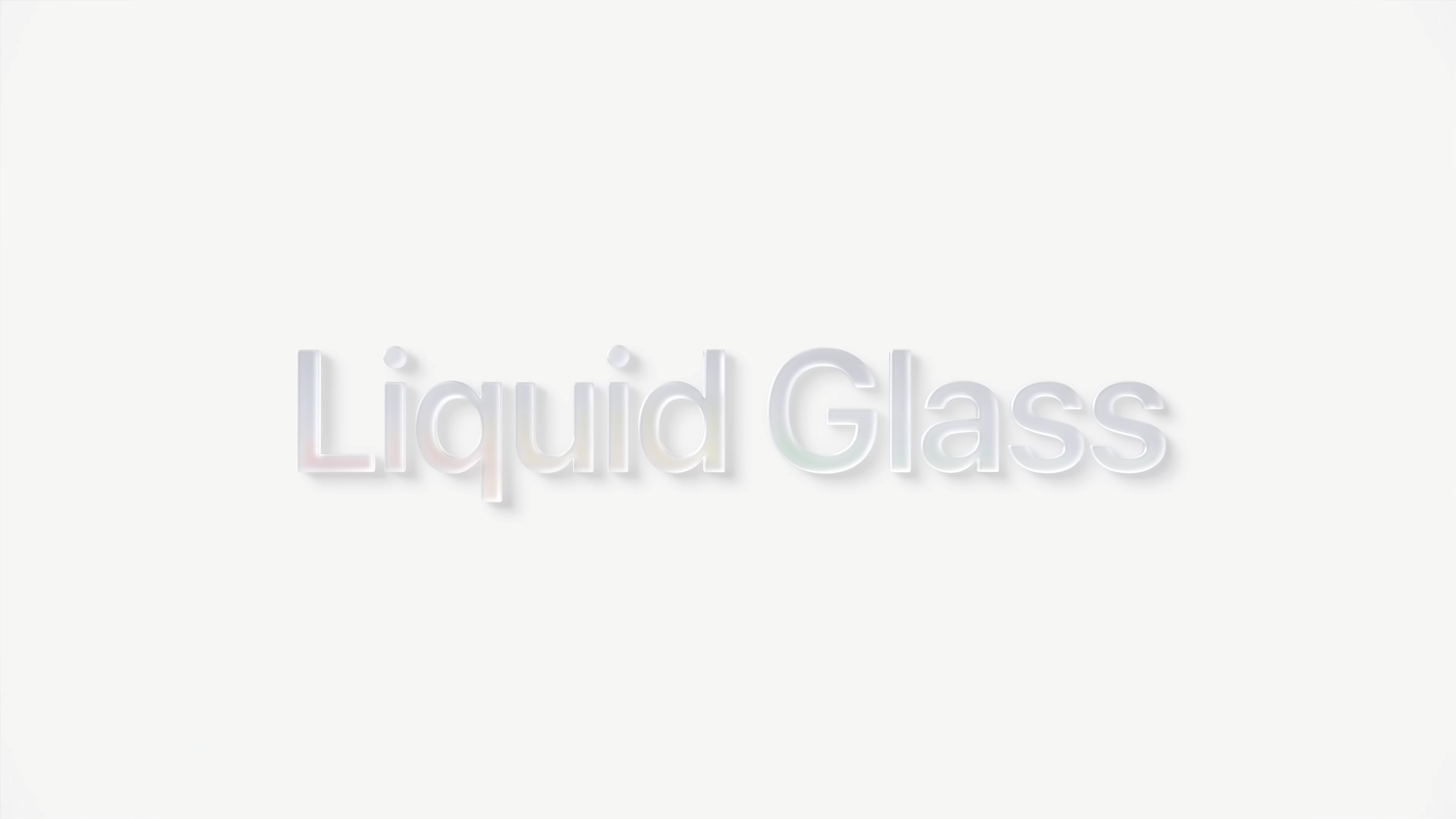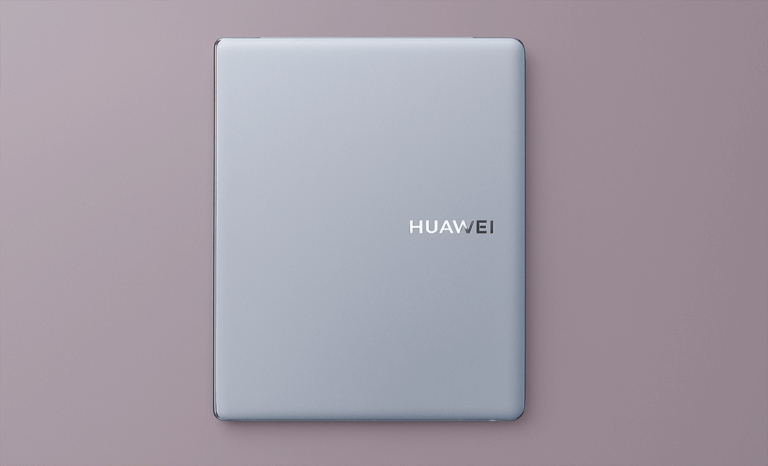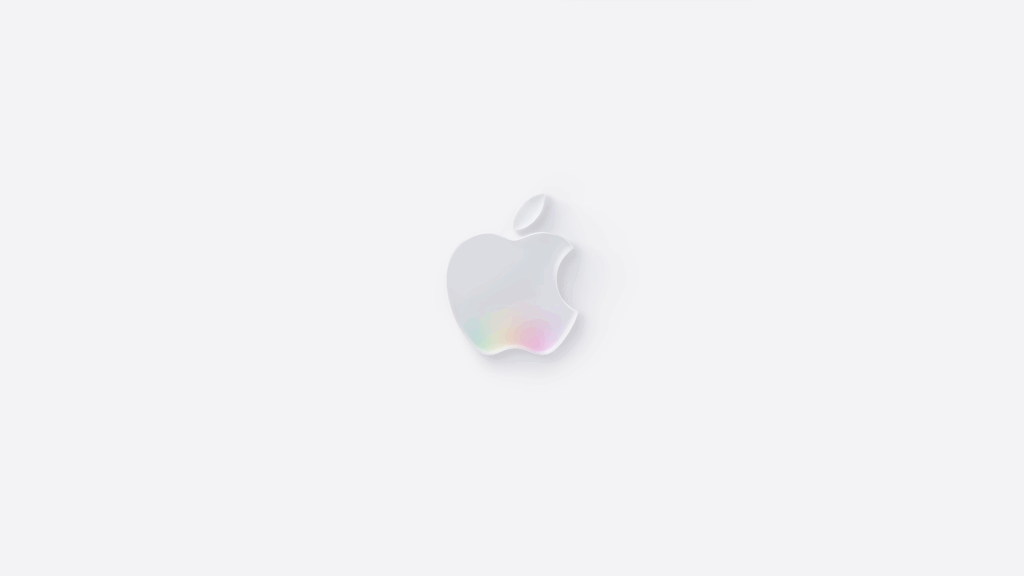
Apple has a long history of pushing materials and finishes in its hardware design. Ceramic, stainless steel, matte glass, titanium. But with the introduction of “Liquid Glass” in its latest iPhone lineup, the company has taken a sharp turn toward something that’s not just new, but actually quite different.
Despite the name, Liquid Glass isn’t about fluidity or translucency. It’s not a callback to the transparent tech of the early 2000s, and it’s not just another gloss finish. What Apple is offering here is a rethinking of how surfaces can interact with light and texture. This is less about utility and more about visual experience.
Let’s break it down.
What Is “Liquid Glass” on an iPhone?
Liquid Glass refers to a new finish technique Apple is using on select models of its latest iPhones. It’s not made of liquid, and it’s not a film or coating. Instead, Apple uses the term to describe a highly polished, fused-glass surface that has a depth and reflectivity unlike anything they’ve used before.
At first glance, it might look like a standard glass back. But hold it in the light and you’ll notice something different. There’s a sense of depth not the kind you get from layering, like with translucent materials, but more like looking into still water or clear resin. It’s subtle, but striking.
This isn’t a translucent material. You can’t see through it. There’s no frosted glass effect. Instead, Liquid Glass is about how the surface catches and bends light, creating an almost liquid sheen. That’s where the name comes from. Think of it as visual texture rather than physical transparency.
Design and Visual Aesthetic
This is where Liquid Glass earns its name. Apple has engineered the surface to create a smooth, uninterrupted flow across the back and edges of the iPhone. There are no sharp transitions or texture changes. Just one continuous surface that seems to warp reflections like a still pond.
Under direct light, the surface doesn’t just shine. It shimmers. It looks deep, not in a glowing or translucent way, but in a way that feels sculpted. Light bounces off it at different angles, creating a dynamic look depending on your environment. In low light, it has a darker, more metallic tone. In bright conditions, it flares almost like polished stone.
Compared to previous finishes like the “translucent diamond” seen on some special editions or Android phones, Liquid Glass is far more subtle. Diamond finishes catch the eye with sparkle and visible layering. Liquid Glass is smoother and more restrained. It’s not trying to dazzle you. It’s trying to draw you in.
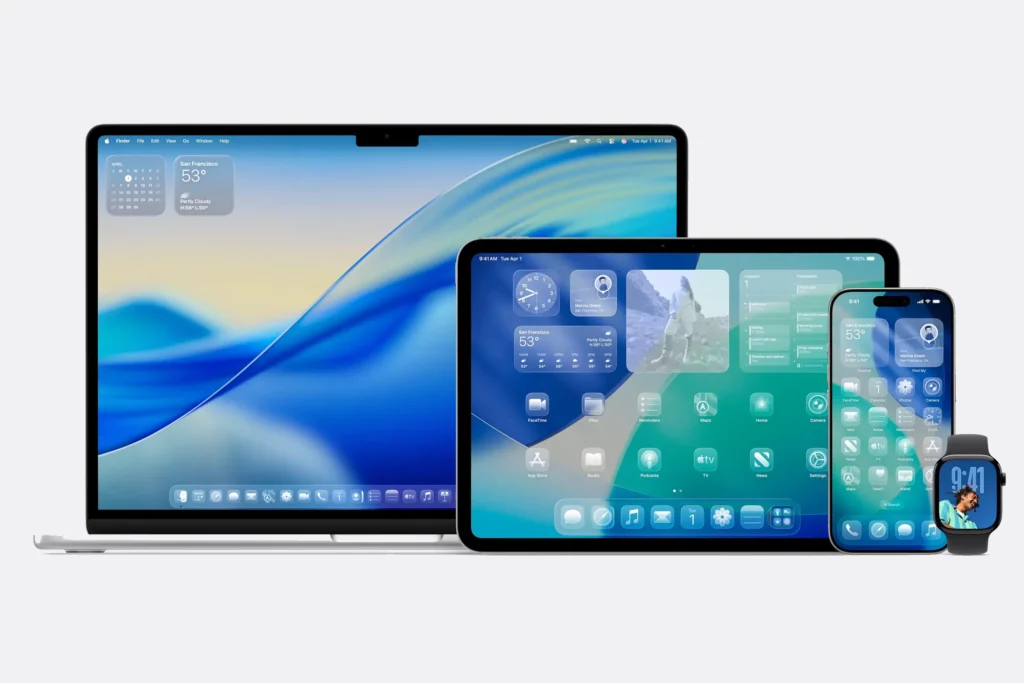
Material Feel: In the Hand
In terms of texture, Liquid Glass feels like polished glass, but not the slippery kind. Somehow, Apple has managed to reduce the usual slickness without adding tackiness. There’s a slight grip to it, even though you don’t feel any texture. It’s extremely smooth but doesn’t slide out of your hand as easily as you might expect.
It’s cool to the touch, as most glass is, and has a satisfying weight. There’s no grain or matte resistance like on previous etched finishes. It feels premium but also functional. This is something you don’t mind holding bare, even without a case.
That said, it’s definitely a fingerprint magnet. Not quite as bad as the older glossy glass finishes, but you’ll still find yourself wiping it down often if you care about smudges.
Durability: Beauty vs. Practicality
Here’s the real question: is it tougher?
Apple hasn’t released detailed specs yet on whether Liquid Glass has any functional improvement over Ceramic Shield or the frosted glass backs of previous models. Anecdotally, it feels sturdy. In controlled drop tests shown in early hands on demos, it seems to handle impacts about the same as Apple’s prior glass designs.
The company says it uses a refined fusion process to bind the surface, which may help it resist micro-scratches better than earlier models. But that remains to be seen. What’s clear is that Liquid Glass wasn’t designed to be rugged. It was designed to look and feel exceptional.
If you’re someone who uses a phone case, this might not matter much. But if you like to go case free, you’ll want to be careful with this one. It’s probably no more break-resistant than last year’s model, and it’s definitely not immune to drops.
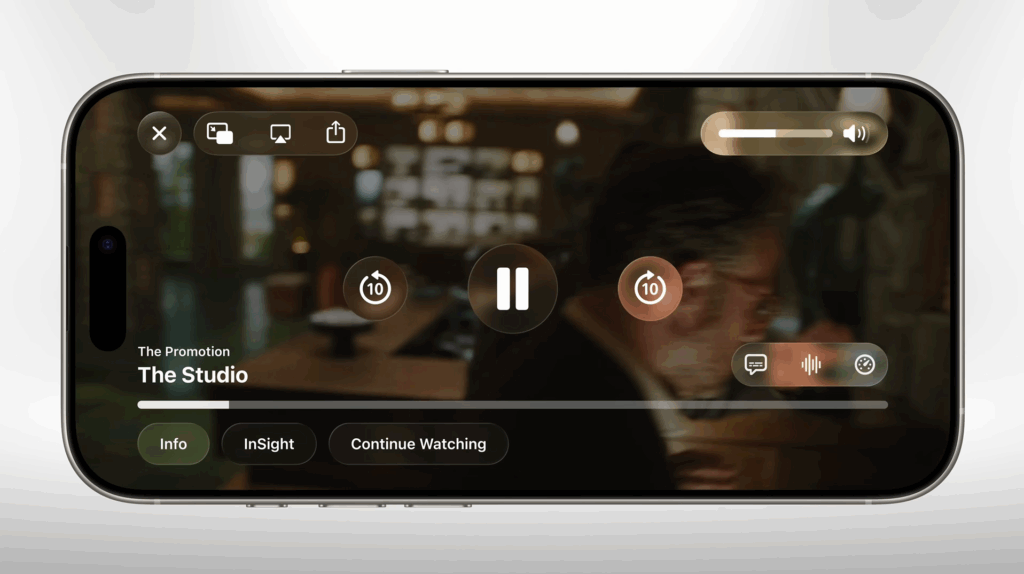
User Impressions So Far
Early hands on impressions from reviewers and users have been largely positive. People are calling it “strangely mesmerizing” and “the first phone in years that made me want to use it without a case.”
Several users have pointed out how it interacts with ambient light, giving it a constantly shifting tone. What looks like gunmetal in one room might look like deep graphite or silver in another. That variability is part of its appeal.
One downside: photos don’t do it justice. This is a finish that really needs to be seen in person. In still images, it often looks like a standard glossy back. Only in motion or at an angle does the visual depth come through.
What Is “Liquid Glass” on an iPhone?
Liquid Glass refers to a new finish technique Apple is using on select models of its latest iPhones. It’s not made of liquid, and it’s not a film or coating. Instead, Apple uses the term to describe a highly polished, fused-glass surface that has a depth and reflectivity unlike anything they’ve used before.
At first glance, it might look like a standard glass back. But hold it in the light and you’ll notice something different. There’s a sense of depth not the kind you get from layering, like with translucent materials, but more like looking into still water or clear resin. It’s subtle, but striking.
This isn’t a translucent material. You can’t see through it. There’s no frosted glass effect. Instead, Liquid Glass is about how the surface catches and bends light, creating an almost liquid sheen. That’s where the name comes from. Think of it as visual texture rather than physical transparency.
Here’s a quick comparison to help clarify:
| Feature | Liquid Glass | Translucent Material |
|---|---|---|
| Transparency | Not transparent or see-through | Partially see-through, light passes through |
| Visual Depth | Deep and reflective, like still water | Often flat, with internal texture visible |
| Surface Texture | Completely smooth, no physical texture | Often matte or frosted |
| Light Behavior | Bends and reflects light like a mirror | Diffuses light softly |
| Visual Effect | Glossy with subtle, fluid reflections | Soft-focus, glowy, sometimes hazy |
| Design Goal | Refined polish and depth without layers | Light diffusion, internal visibility |
| Common Use Cases | Premium finish for minimal visual noise | Playful or experimental designs |
This table shows how Liquid Glass is more about illusion through reflection, while translucent materials rely on partial transparency to create their effect.

Final Thoughts
Apple’s Liquid Glass design isn’t a revolution in materials, but it is a meaningful step forward in how a phone can look and feel. It’s not just about making the iPhone pretty. It’s about changing how we perceive a familiar object.
This isn’t a transparent or translucent phone. It’s not trying to be futuristic in an obvious way. It’s more about precision, polish, and sensory impact. You won’t get flashing light patterns or bold textures. Instead, you get subtle shifts, natural reflections, and a surface that invites a second look.
It’s the kind of design you don’t notice immediately. But once you do, it’s hard to stop noticing.

